Key Insights 📈 🌐
- Mastering analytics is mandatory for digital success. Web analytics provides the data needed to optimize every function and decision for maximum growth and impact in today’s hyper-competitive landscape.
- Precise audience insights enable next-level personalization. Detailed analytics empowers you to intimately understand customers and create tailored experiences, demonstrating value and fostering loyalty.
- Analytics reveals proven paths to profit. Identifying high-converting marketing channels, campaigns, keywords, and content through data focuses resources on what will have the most significant ROI instead of guessing.
- Optimizing based on truths uncovered by data is the only way to compete. Analytics exposes flaws to fix and strengths to double down on while preventing costly missteps caused by subjective opinions or outdated ideas.
- The future favors agile analytics. Ongoing analytics allows adaptation ahead of market changes and emerging trends before competitors, ensuring sustainable success no matter what disruption comes next.
- Web analytics maturity separates market dominators from those struggling to survive. Becoming a truly data-driven organization poised to act on insights is the only way to win today and secure future growth.
Importance of Data in Digital Marketing
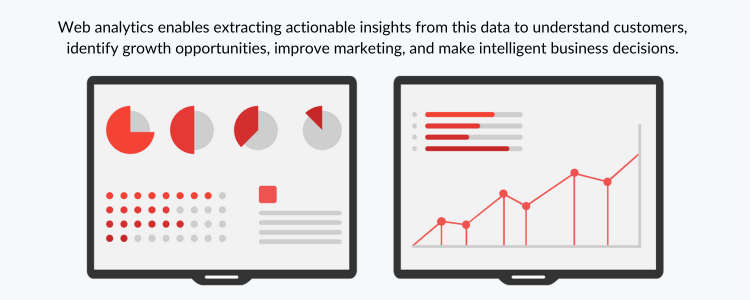
The digital age has created an explosion of customer data and online interactions. For today’s businesses, leveraging analytics tools to measure, analyze, and optimize this data is no longer optional – it’s mandatory to remain competitive. With consumers spending more time on digital channels, there is a vast amount of behavioral data to tap into.
Web analytics enables extracting actionable insights from this data to understand customers, identify growth opportunities, improve marketing, and make intelligent content and business decisions. Companies that embrace analytics will gain a significant competitive advantage.
Supporting Data & Statistics 📊
- 89% of marketers say web analytics is crucial for their business success
- Companies using web analytics have an average conversion rate increase of 15%.
- 55% of businesses say web analytics helped them increase sales
- Websites with web analytics generate an average of 13% more revenue annually versus those without
- 72% of businesses rely on web analytics to identify areas for improvement on their website
- On average, a 10% increase in data-driven analytics insights results in more than $300 million in business value
- Top metrics tracked using web analytics include pageviews, bounce rate, traffic sources, visitor demographics, behavior flow, conversions, sales, and ROI
- Web analytics tools like Google Analytics, Adobe Analytics, and Matomo provide powerful free options to collect and analyze data
What is Web Analytics?
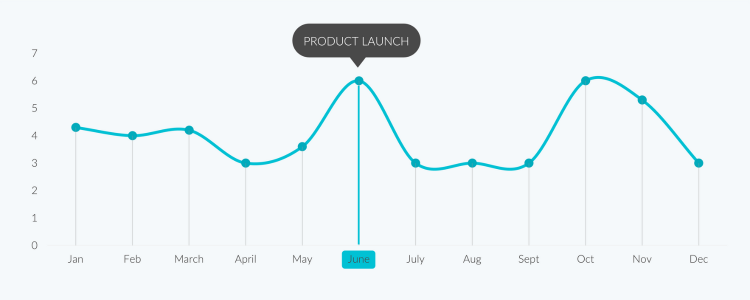
Web analytics involves collecting, measuring, and reporting on quantitative data from a website and marketing efforts. Businesses can track every click, scroll, button push, page view, and other interactions using a web analytics platform. This provides a 360-degree view of how users engage with your brand digitally.
Key metrics include traffic sources, top landing pages, conversion rates, bounce rates, engagement times, and more. Analysts use this data to gain customer insights, personalize experiences, enhance website usability, optimize marketing campaigns, boost SEO, and drive revenue growth. With comprehensive analytics, you can base strategic decisions on actual data instead of assumptions.
Understanding Your Audience
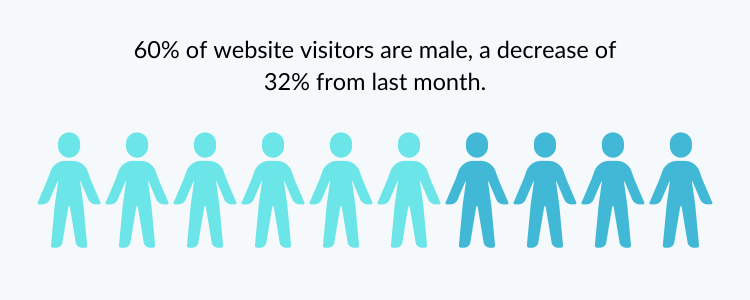
Demographic Insights: Who Visits Your Website?
Web analytics provides invaluable insights into who your customers are through demographic data. By analyzing visitor attributes like age, gender, location, income level, education, interests, and more, you can segment your audience and understand them more profoundly.
Building detailed buyer personas enables you to identify your ideal customers and underserved segments with high potential. You can tailor content, offers, and experiences for your target demographics to boost engagement and conversion. Analytics empower you to focus marketing dollars only on proven high-value segments for the best ROI.
Behavioral Patterns: What Do They Do Once They’re There?
Equally crucial as demographics are behavioral analytics revealing how visitors interact on your site. Every click, scroll, page view, button push, and mouse movement create a trail of engagement data. Analyzing these patterns exposes pain points, guides UX optimizations, improves navigation, and shows content preferences.
You can see where visitors enter and exit pages, revealing opportunities to improve user flow. Behavioral data might uncover an unexpected site journey representing an optimal conversion path. With an analytics-driven understanding of user behaviors, you can remove friction and create targeted experiences that compel action.
Enhancing User Experience
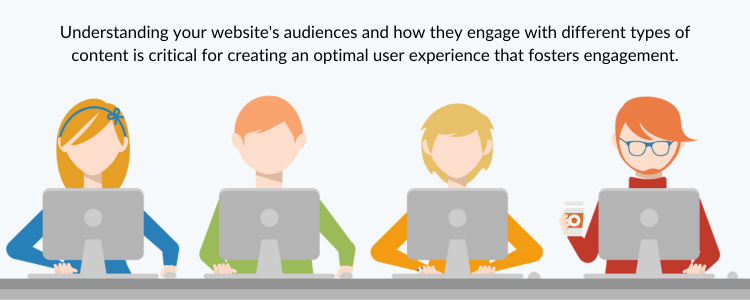
Identifying Pain Points through Bounce Rates
One of the most valuable web analytics metrics is bounce rate, which reveals user experience pain points. The bounce rate measures the percentage of visitors to your site and “bounce” after viewing only one page. High bounce rates indicate content or pages that fail to engage users and compel them to explore further. Analyzing bounce rates exposes problematic areas like confusing navigation, slow page loads, unattractive design, ineffective CTAs, or low-quality content.
Drilling into the data can pinpoint the specific UX flaws driving visitors away so you can remedy them. Addressing bounce rate pain points results in lower exit rates, longer session times, and increased conversion.
Streamlining Navigation for Better User Flow
Analytics also provides incredible insights into how users navigate your site. You can see the most common visitor click paths and identify areas causing navigation issues. Pages with high exit rates and multiple ways leading there could signal confusing navigation. Analyzing user flow patterns enables you to streamline site architecture and menu structures.
Simplifying how users move through your site eliminates hassle and frustration. If analytics exposes a mismatch between your intended and actual user paths, you can optimize navigation to align with user expectations. Smoother navigation equals improved experience and higher conversions.
Optimizing Marketing Strategies
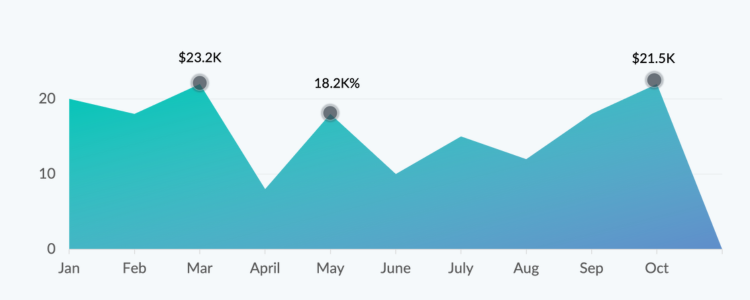
Tracking Conversion Paths: From Visitor to Customer
Analytics provides unparalleled visibility into visitors’ path from brand awareness to conversion. You can trace each conversion back through the various touchpoints like social posts, emails, and ads that brought the visitor in. This reveals which channels, campaigns, and messages drive conversions so you can double down on what works.
Conversely, underperforming assets are exposed, enabling the reallocation of marketing dollars to better-converting options. Instead of guessing, you can use complex data to optimize spending for maximum ROI. Detailed conversion path analysis is invaluable for improving funnel strategy and messaging effectiveness.
Evaluating Marketing Campaign Effectiveness
Web analytics empowers you to evaluate your marketing efforts accurately. You can easily view traffic sources to analyze how visitors from social, email, SEM, affiliates, and other campaigns engage on your site. Metrics like bounce rates, pages per session, and conversions for each source quantify performance.
Low-quality traffic with high bounce rates signals ineffective campaigns to pause or optimize. Highly-engaged traffic indicates successful efforts to expand. This prevents wasting budget on underperforming initiatives while scaling top-tier assets. Analytics provides clear campaign insights to maximize your marketing mix for ideal reach, engagement, and conversions.
Boosting Sales and Revenue
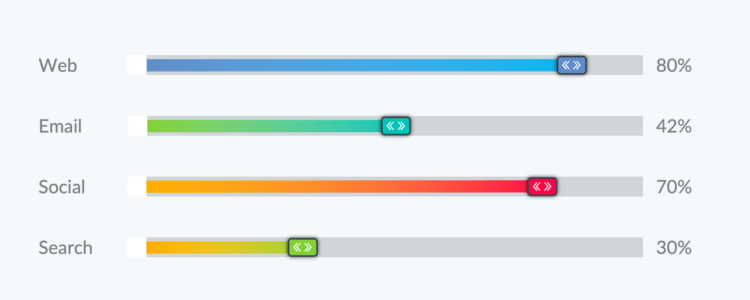
Understanding Purchase Behaviors and Trends
Analytics reveals deep insights into how customers research, evaluate, and buy your products, enabling optimization at every stage. You can analyze behavioral data to see where visitors spend time researching, detect buying signals like increased time on site, and map each step in the purchase process.
Understanding your customer journey and funnel allows you to identify and fix experience obstacles and knowledge gaps that hinder conversion. You can also leverage analytics to spot emerging customer trends and preferences to keep product selection and messaging relevant. With analytics providing ongoing customer and market insights, you can continuously adapt sales processes to changing behaviors and needs.
Personalizing Offers for Targeted Segments
Visitor demographic data enables the creation of hyper-targeted offers and messaging to propel sales. You can segment audiences and analyze which groups have the highest purchase rates and order values. Then, develop tailored promotions with pricing and offers designed to appeal to high-value, likely-to-convert segments.
You can test tailored messaging across segments to determine which resonates best with each. Analytics empowers you to focus sales efforts only on qualified demographics with proven interest instead of a generic, spray-and-pray approach. The ability to personalize outreach and offers is game-changing for increasing conversion rates and revenue.
Improving Content Strategy
Discovering High-Performing Content
The ability to see exactly how website visitors interact with content is invaluable for optimizing content strategy. Web analytics reveals your highest-performing pages and posts based on time on page, scroll depth, and exit rates. You can also see which topics and formats resonate best with your audience. Identifying your medal-worthy content provides a blueprint for the specific types of content to invest in.
Doubling down on more posts and pages aligned with your best performers is a proven way to increase engagement, leads, and sales. Analytics takes the guesswork out of deciding what content to create.
Adjusting Content Based on Engagement Metrics
Significantly, analytics exposes ineffective content that fails to engage users so you can eliminate it or make adjustments. Pages with high bounce rates signal content missing the mark. Short scroll depths and time on the page reveal content not worth the reader’s time. Identifying poorly performing posts lets you shift investment to better topics and formats.
You can also use engagement data to pinpoint how to improve specific pages through better headlines, introductions, visuals, structure, length, and calls to action. Analytics provides the feedback needed to refine content for maximum impact continuously.
Enhancing SEO Efforts
Identifying Top Performing Keywords
Web analytics provides visibility into which keywords and terms drive the most traffic and conversions on your site. You can see keyword performance data for organic search, paid search, and other channels. This enables you to double down on optimizing pages and content for your highest-potential keywords. Maximizing content quality and optimization for proven high-value terms is far more impactful than targeting a wide array of speculative keywords. Analytics empowers you to focus SEO resources only on what delivers results.
Addressing Underperforming Pages and Content
Conversely, analytics exposes keywords and pages that fail to gain traction in search results. Identifying poorly performing pages enables diagnosing why – issues like thin content, technical problems, or target terms with low searcher intent. Fixing these on-page factors is crucial in improving page rankings and organic visibility. Analytics also reveals website content gaps where new pages or posts can fill searcher demand and increase organic traffic. Addressing both underperforming existing pages and content gaps drives SEO impact.
Competitive Analysis
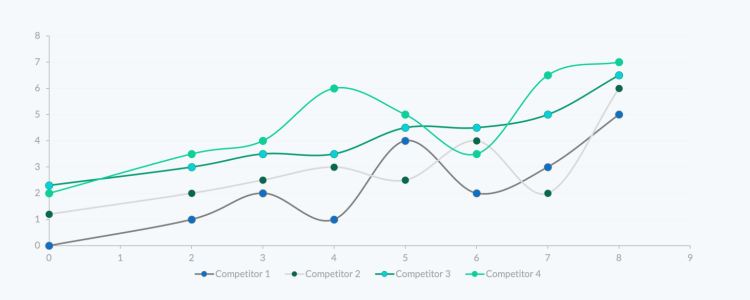
Benchmarking Against Industry Standards
Analytics enables you to benchmark your website’s performance against competitors and industry averages. You can evaluate metrics like site traffic, conversion rates, page views, time on site, and more. The comparison reveals where you excel and beat others in your space and areas where you can improve.
If your bounce rate is high versus competitors, it signals opportunities to enhance UX. Lagging time on site may indicate content gaps to address. Where you outperform is also valuable, highlighting strengths you can capitalize on. Benchmarking performance and trends versus industry standards is crucial for evaluating overall competitiveness.
Gaining Insights into Competitor Strategies
You can also leverage analytics to gain strategic insights about what’s working for competing brands. You can analyze their top SEO keywords for opportunities if a competitor sees high organic traffic growth. Emerging social media or content strategies yielding wins for rivals can be identified and adopted where appropriate. Analytics lets you keep a pulse on the market and monitor competitor activity. You can then build on what works – either from your analytics or those of others – to strengthen your competitive positioning and growth trajectory continuously. Competitive intelligence within other media channels is just as important–public relations, social media, etc.
Predictive Analysis and Future Trends
Forecasting Future User Behaviors
With historical analytics providing insights into customer behaviors over time, predictive analytics techniques can help forecast what’s next. Identifying trends in site traffic, engagement, purchases, and other activities enables projecting how users may behave moving forward. You can use data to predict busy seasons, estimate future sales, and model the impact of possible changes.
While the future is always uncertain, predictive analytics allows you to make reasonable assumptions instead of blind guesses. Anticipating user needs and wants is critical to having the proper marketing, products, and resources ready to capitalize.
Adapting to Emerging Market Trends
Analytics also enables the detection of emerging trends across the overall market by monitoring online conversations and examining consumer sentiment. Capitalizing on rising trends early allows you to win new customers, boost visibility, and grow market share. On the flip side, fading trends are also revealed, preventing wasted resources from chasing things on their way out. Ongoing analytics empowers agile course correction to align with where the market is headed. Whether it predicts a point to opportunity or disruption, analytics enables data-driven adaptation for sustainable success.
Making Informed Decisions
Data-Driven Decision Making: A Competitive Edge
In today’s data-rich landscape, relying on assumptions instead of insights to guide business decisions is no longer acceptable. Organizations fully embracing analytics to drive strategic planning gain a distinct competitive advantage. Analyzing website metrics enables informed choices on where to allocate resources for maximum ROI – from SEO and UX investments to marketing initiatives and product development.
With endless options and limited marketing budgets, analytics help pinpoint how to optimize spending for growth. Data also minimizes risk by quantifying the potential impact of significant decisions beforehand. While the future remains unpredictable, every critical business choice informed by data is far more likely to pay off.
Avoiding Costly Mistakes Through Analytical Insights
Just as importantly, analytics helps avoid costly missteps. Initiatives like new products or markets can be validated with data before over-committing resources. Ongoing analytics enable quick identification of problems so corrective action can occur immediately, minimizing negative impacts. Assumptions inevitably lead to dead-end investments, ineffective campaigns, missed opportunities, and strategic blunders that analytics helps prevent. Data provides objective truth to override subjective opinions. Ignoring analytics when making decisions is fundamentally unwise and irresponsible for today’s successful business leaders.
Wrap-Up Thoughts Using Website Analytics
The Transformative Power of Web Analytics for Businesses
Throughout this article, we’ve explored many ways implementing web analytics can profoundly transform businesses for the better. Actionable data empowers optimization across all functions for exponential returns.
Analytics provides the insights needed to know your customers, create tailored experiences that foster loyalty, and boost brand advocacy. It enables continuously improving marketing and content for greater relevance, engagement, and conversions. Data identifies new opportunities while exposing flawed strategies to avoid wasted resources.
With an analytics-driven approach, you can compete at a higher level, accelerate growth, and future-proof your business. No longer making crucial decisions based on assumptions alone eliminates unnecessary risk and secures a competitive edge.
The companies achieving dominance today are analytically mature – using live dashboards, automated reports, and predictive modeling baked into processes company-wide. Is your business ready to unlock the immense potential of web analytics? The time for action is now!
Embracing Analytics for a Brighter Business Future
With the digital landscape and evolving consumer behaviors, the only constant is change. Businesses that embrace analytics will remain agile, adapting ahead of emerging trends instead of getting left behind.
By centralizing web analytics to your culture, you’ll have the data-driven insights to conquer every new challenge and seize every unique opportunity. The future remains unpredictable – but armed with actionable analytics, you can approach it with confidence.
FAQ
Web analytics provides the data and insights needed to understand customers, optimize spending, increase conversions, and compete at a higher level in the digital landscape.
Key metrics include traffic sources, landing pages, bounce rates, conversion rates, session duration, page views, scroll depth, exit pages, and demographic data.
Analytics reveals your highest converting marketing channels, campaigns, and assets to optimize spending. It also shows engagement levels to evaluate and compare all initiatives.
Analytics identifies pain points through bounce rates and exit pages to fix. It also shows how users navigate sites to streamline and improve navigation and user flow.
Analytics exposes valuable SEO keywords to optimize for and underperforming pages to improve through on-page fixes and content upgrades.
You can benchmark performance against competitors and also monitor their strategies. This enables you to strengthen your positioning.
Visitor demographic data enables the creation of personalized content, offers, and experiences tailored to different audience segments’ needs.
Analytics quantifies the potential impact of major initiatives and decisions beforehand to minimize risk and optimize spending.
Analytics reveals customer research and buying behaviors and cycles. This intelligence allows you to improve and tailor the sales process for higher conversions.
Analyzing trends in key metrics helps forecast user needs and behaviors to adapt products, content, and marketing ahead of changes
